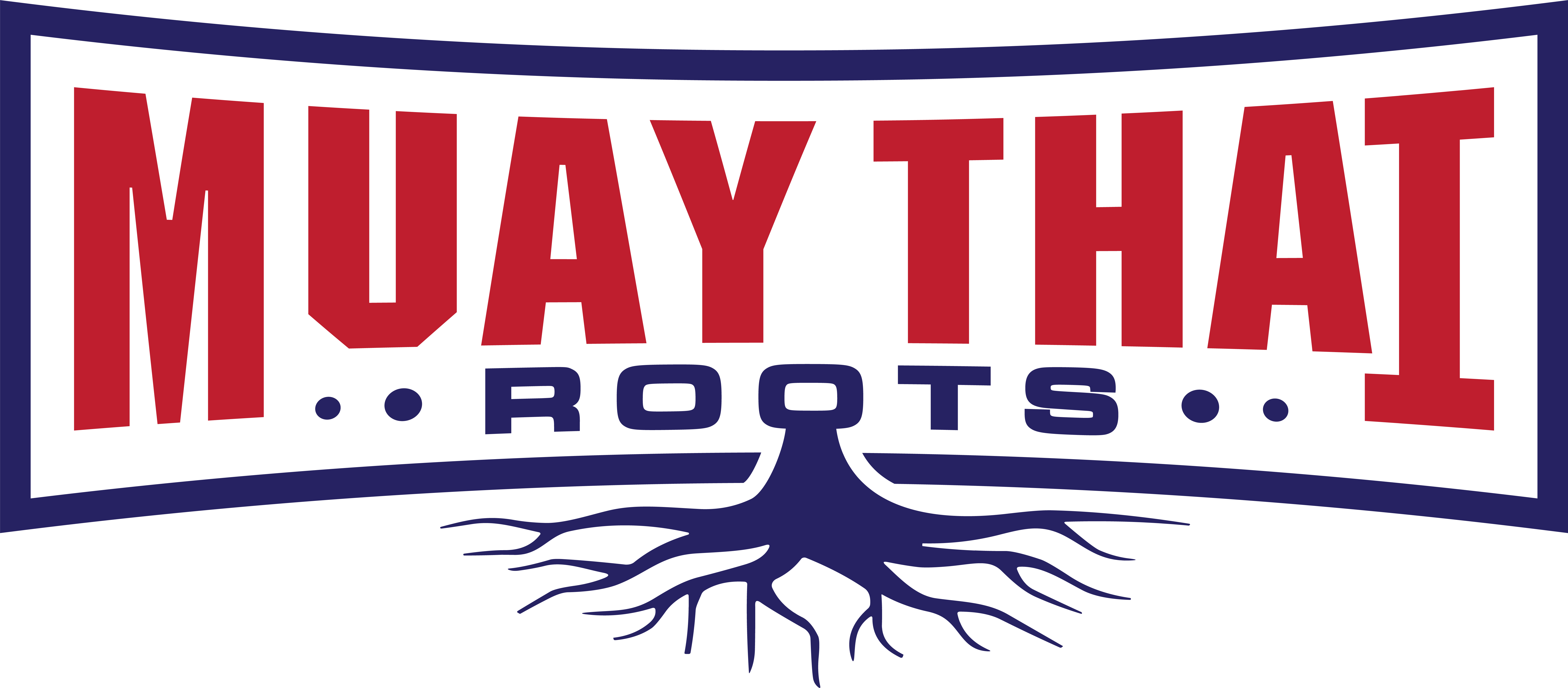When it comes to boxing gear, gloves get all the glory—but seasoned fighters know that the right pair of shoes can be just as critical. Whether you're dancing around your opponent with slick footwork or planting your feet to throw power shots, your footwear directly affects your stance, speed, balance, and stamina.
Let’s explore exactly how to choose the best boxing shoes for your style and stance, so you can train harder, move smarter, and fight better. This guide is designed for fighters of all levels—and if you're training seriously, it's time to step up your shoe game.
Why Boxing Shoes Matter More Than You Think
Boxing shoes aren’t just for looks. They’re engineered for:
-
Grip and traction in the ring
-
Support and protection for ankles and arches
-
Freedom of movement for footwork and pivots
If you’ve ever tried boxing in running shoes or cross-trainers, you’ll know they slip, drag, and mess up your rhythm. Proper boxing shoes help you maintain balance when shifting weight, delivering punches, or dodging blows.
Understanding Your Boxing Style
Before you buy any boxing shoes, you need to know your style of fighting. Each style puts different demands on your footwork:
-
Brawler: Loves trading shots, moves less, and needs solid footing.
-
Swarmer: Applies constant pressure, needs agility and stability.
-
Counterpuncher: Waits, pivots, and moves defensively.
-
Out-Boxer: Uses speed and reach to dance around opponents.
Each style places unique pressure on your feet. Choose shoes that support how you fight.
Matching Shoe Features to Your Style
For Brawlers
You’ll want shoes with maximum ankle support and firm grip. Look for high-top designs with sturdy soles that keep you planted.
For Swarmers
You need shoes that can handle quick movement and lateral bursts. Lightweight with solid traction and flexible soles will keep you explosive.
For Counterpunchers
Flexibility is key. You’ll want a pair that allows easy pivots and shuffles without sticking to the canvas.
For Out-Boxers
Speed and breathability should guide your choice. Opt for low or mid-tops with excellent ventilation and ultra-light soles.
Know Your Stance: Orthodox vs Southpaw
Whether you lead with your left (orthodox) or right (southpaw), your weight distribution and pivots differ. A shoe with even pressure distribution and flexible arch support can make a big difference in helping you shift effortlessly between offensive and defensive footwork.
A well-fitted shoe helps:
-
Maintain balance during angle changes
-
Prevent sliding when pushing off the back foot
-
Support both pivoting and retreating movement
At https://muaythairoots.com, we emphasize the relationship between stance, style, and foot positioning—because your base is everything.
High Tops vs Low Tops: What’s Right for You?
High Tops
-
Offer maximum ankle support
-
Preferred by heavier fighters or brawlers
-
Better for those with ankle history or less mobility
Low Tops
-
Provide greater mobility and speed
-
Favored by lighter fighters and those who rely on footwork
-
Keep your legs and feet cool with less restriction
Sole Types and Ring Traction
You might not think about soles until you slip during sparring—but they’re crucial.
-
Gum Rubber Soles: Great for traction and feel, ideal for faster fighters
-
Plastic Soles: Durable but may slide more—better for controlled styles
Also, consider the thickness. Thinner soles improve canvas feel and reaction time, while thicker soles add cushion but may dull responsiveness.
Breathability, Weight, and Comfort
A hot foot is a tired foot. Breathable mesh uppers, padded tongues, and moisture-wicking linings keep your feet dry and light.
-
Weight matters: Heavier shoes slow you down, especially in longer sessions.
-
Comfort equals performance: Blisters and pinched toes kill your flow.
Test out different models, walk, shuffle, and pivot. If they’re tight or rub, ditch them. Your feet will thank you.
How to Choose the Right Size
Boxing shoes fit tighter than regular sneakers but shouldn’t squeeze.
Tips:
-
Try shoes on after training when your feet are swollen
-
Wear your boxing socks during the fitting
-
Look for a snug heel and midfoot with a bit of wiggle room in the toe box
If ordering online, check the brand’s size chart. Consider sizing half a size down from your usual running shoe.
Common Mistakes Fighters Make When Choosing Shoes
-
Going for style over function
That flashy design might look cool—but if it doesn’t support your feet, it’s useless. -
Ignoring ankle support
Especially for fighters who pivot aggressively or train long hours. -
Choosing the wrong sole type
Too much grip or too little can both cause problems. -
Buying too big
Loose shoes kill footwork. Always go for a snug, athletic fit.
When to Replace Your Boxing Shoes
If you feel your footing slipping or notice wear on the sole or ankle padding, it’s time to upgrade.
Signs it’s time to replace:
-
Flattened or smooth soles
-
Torn mesh or upper support
-
Worn ankle padding
-
Uneven sole pressure
Frequent fighters might need a new pair every 6–12 months, depending on usage.
FAQs
1. Are wrestling shoes good for boxing?
They can work for training but aren’t ideal. They lack the canvas grip and side stability of true boxing shoes.
2. How do I clean my boxing shoes?
Wipe with a damp cloth, let them air dry, and avoid tossing them in the washing machine.
3. What’s better: high-top or low-top boxing shoes?
Depends on your style. High tops for support, low tops for speed.
4. Can beginners wear professional-grade shoes?
Absolutely. Just make sure they match your style and stance.
5. Do boxing shoes stretch over time?
Minimal stretching occurs. It’s best to buy a snug, true-to-fit size.
6. Are running shoes OK for boxing workouts?
Not recommended. They’re built for forward motion, not lateral movement or pivoting.
Conclusion: Step into the Right Pair for Your Fighting Journey
Choosing the right boxing shoes isn’t about hype—it’s about harmony between your style, stance, and strategy. The right pair helps you move faster, hit harder, and stay safer.
Before your next sparring session or training camp, take a second look at what’s on your feet. Because real power doesn’t just come from your fists—it starts from the ground up.
Explore authentic boxing and Muay Thai gear insights anytime at https://muaythairoots.com.





